Amazons of Dahomey — who were the women who put the French army to flight
Categories: Africa | History | Life hacks
By Pictolic https://pictolic.com/article/amazons-of-dahomey-who-were-the-women-who-put-the-french-army-to-flight.htmlDahomey, a small state located in the West of Africa, became a "tough nut" for the colonizers. France, which claimed these lands, could not overcome a poorly armed native army for several decades. The French do not like to remember this historical fact and there is a logical explanation for that.
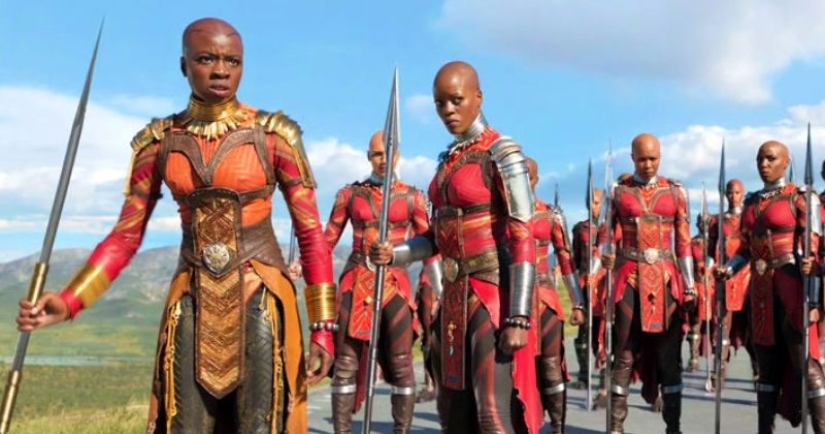
Information about the colonization of Dahomey, which took place at the end of the XIX century, is very sparingly presented in French historical literature and even textbooks. The point is not that these events are connected with such a shameful page in the history of the Republic as the seizure of colonies and the destruction of the local population. On the contrary, the French do not like to remember Dahomey because the army of this African state, part of which consisted of women, inflicted heavy defeats on the invading army several times.
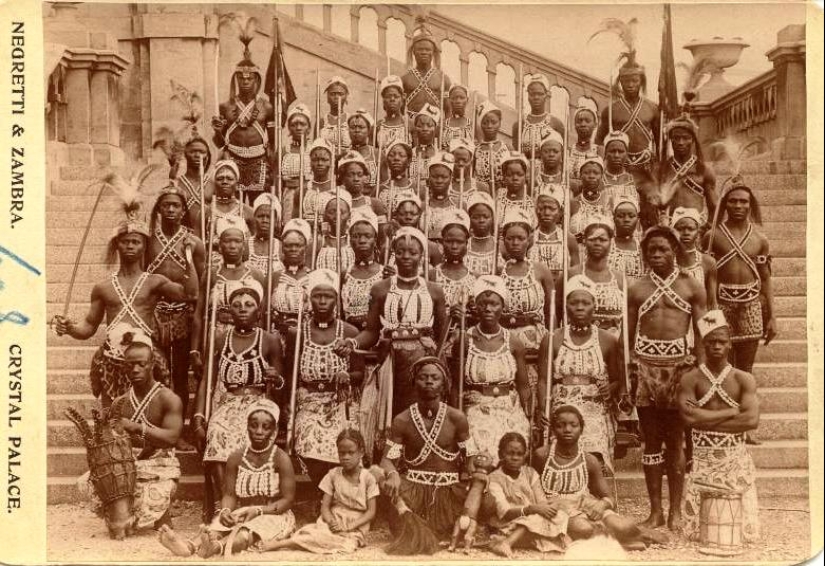
The first information about the militant Amazonian women is found in the works of ancient historians. Now it is impossible to determine in which part of the planet the Greek travelers met the warriors. We have only received information that these women were not inferior to men in battle, and even surpassed them in cruelty and cunning.
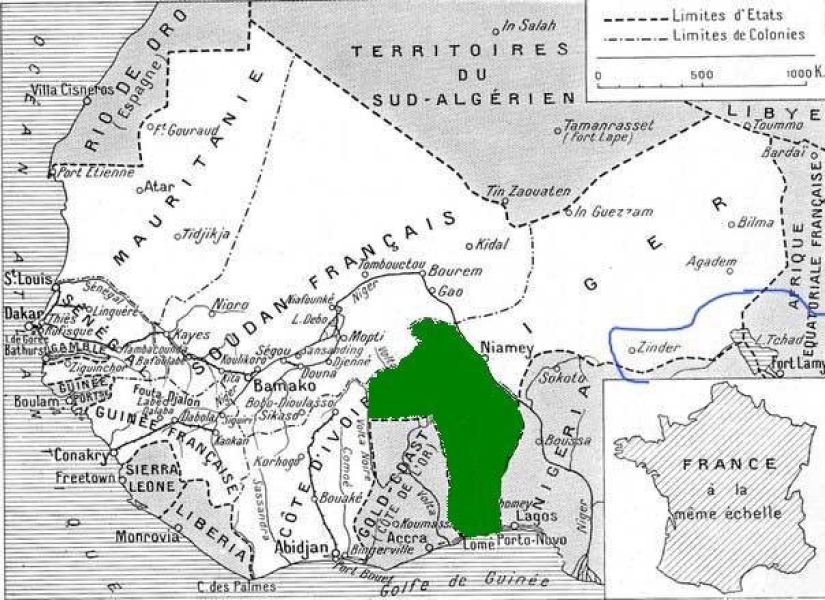
The French colonial troops faced something similar in 1890. Accustomed to a short, poorly organized resistance, European military leaders were taken aback when they saw that they were opposed by a real women's army, although poorly armed, but having an excellent idea of tactics and strategy.
The French soldiers were no less puzzled — they had never fought with women before. At first, the situation seemed very funny to experienced soldiers who brought more than one native state to its knees. But after the first battle, the attitude towards the enemy has changed radically.
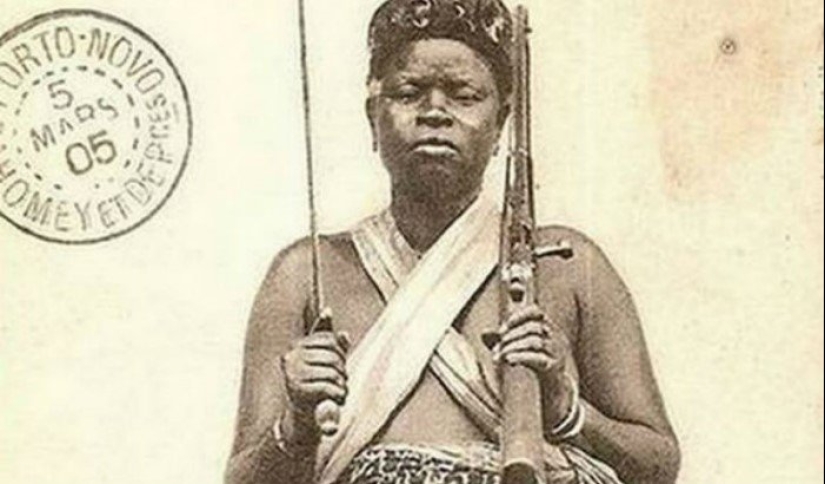
In the first battle with women, the French suffered a crushing defeat. Moreover, many seasoned fighters have an animal fear of the enemy — cold-blooded, ruthless and absolutely despising death. The soldiers poured alcohol into their horror, which further demoralized the troops.
It took some time until the French got used to the way of fighting the Dahomey Amazons and began to win the first modest victories. Formally, the Europeans who outnumbered the enemy with weapons won the war. But they could not completely destroy African Sparta, constantly being in tension due to sabotage and guerrilla attacks.
The statehood of Dahomey began with the reign of King Houegbadj, who was in power from 1645 to 1685. It was this monarch who united the disparate tribes of the country and founded the capital of the state, the city of Abomey. The power of the king was absolute and sacred, and his divine origin was confirmed by numerous sacrifices addressed to his ancestors.
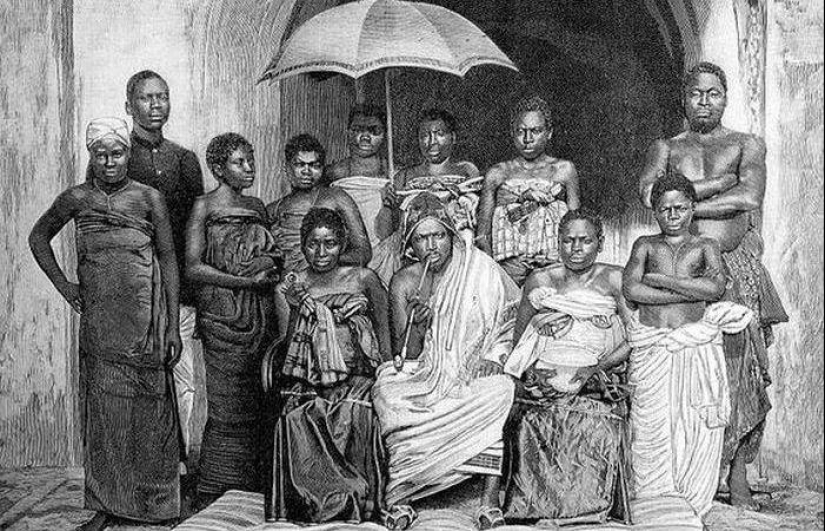
But the ambitions of Houegbadji grew, and the tiny state did not satisfy the "descendant of the gods". Thus Dahomey became the aggressor. Attacking neighbors, supplying prisoners to the slave markets of West Africa and buying firearms from Europeans, the monarchy expanded and strengthened. Monarchs replaced one another, and in Nothing changed in Dahomey — new lands were added, and their inhabitants were killed or sold into slavery.
But the human resources of the kingdom were exhausted and Dahomey began to lack soldiers. Their lives ended catastrophically, and the invaders did not dare to give weapons to the enslaved tribes. Therefore, one of the kings of the country, on the eve of another war, drew attention to women. According to legend, the first combat-ready women's squad was conceived as an elite unit, and its task was to protect the ruler and his family.
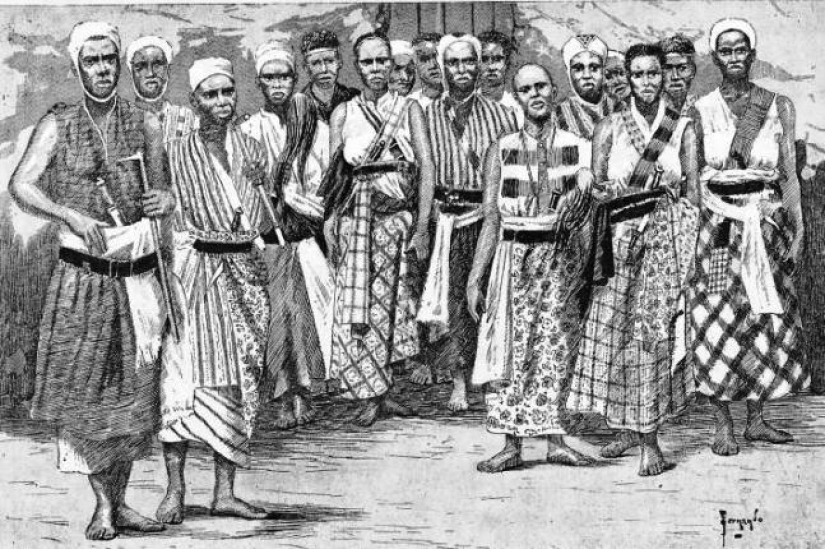
There is another hypothesis, according to which the Dahomey ladies were skilled elephant hunters. In this version, the women themselves came to the king and offered their services as combat units in another war. The monarch agreed to this, put the ladies on the army allowance and was very pleased with his new soldiers.
According to the third version, the women's army originated from the detachment that guarded the king. According to a centuries-old tradition, men could not be in the same house with the king at night. Therefore, with the onset of dusk, all security posts both on the street and in the premises were occupied by well-armed girls.
Dahomey female warriors called themselves mino or n'nonmiton. Translated from the language of their people, it meant "our mothers". Any woman and even a girl could try to become a mino, but not everyone got into elite squads. There was a strict selection process, which began with a "medical commission". The applicants had to be absolutely healthy, and besides that — stately and beautiful.
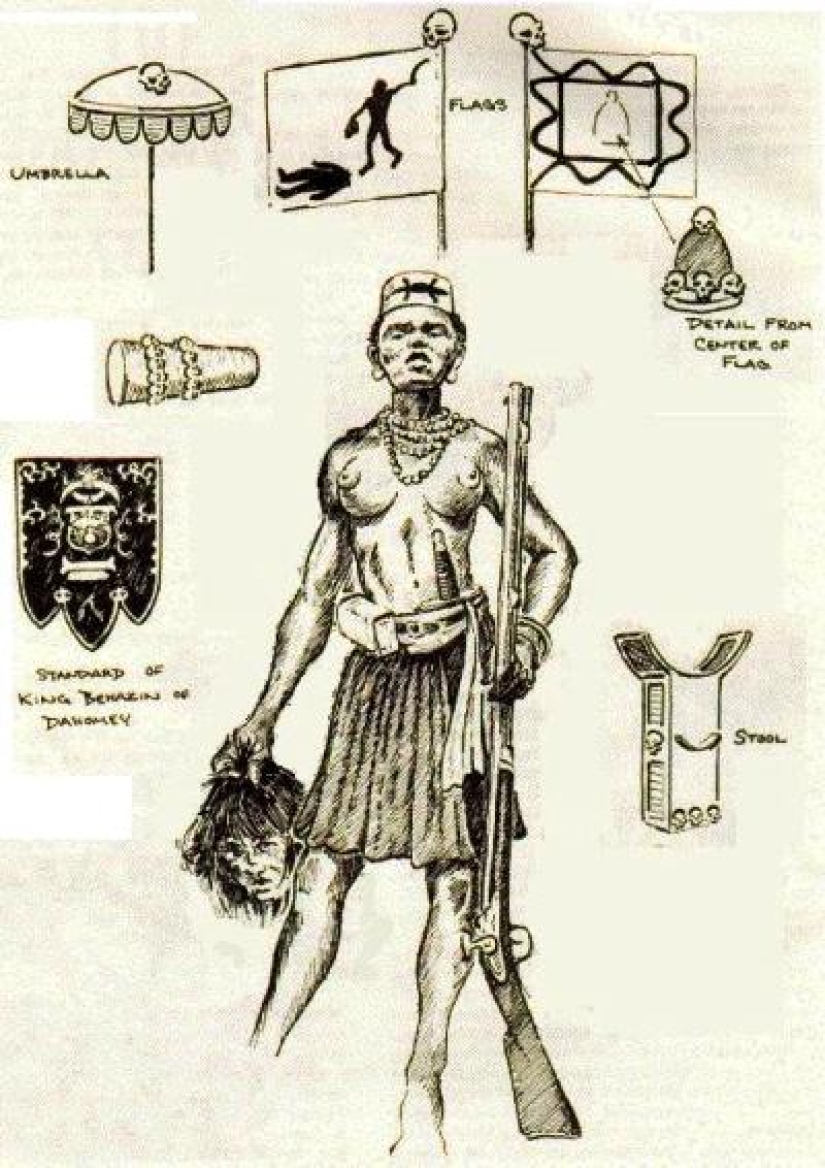
The women who passed the selection got into a real training hell, which the veteran warriors arranged for them. In addition to training in firearms, Dagomeyki took a serious course of combat with a machete, which was one of the main disciplines.
At the end of the training, it was necessary to pass an exam — to skillfully behead the enemy, whose role was performed by a prisoner or a guilty slave. Chopping off heads was generally one of the Amazons' "chips" — in battle they tried to separate the enemy's head and take it with them as a trophy.
Amazons also received special physical training. Women warriors developed strength, dexterity and the ability to endure pain. Overcoming obstacles was an obligatory part of the training process. The sheer wall, covered with prickly acacia, over which it was necessary to climb, became one of the most important exercises.
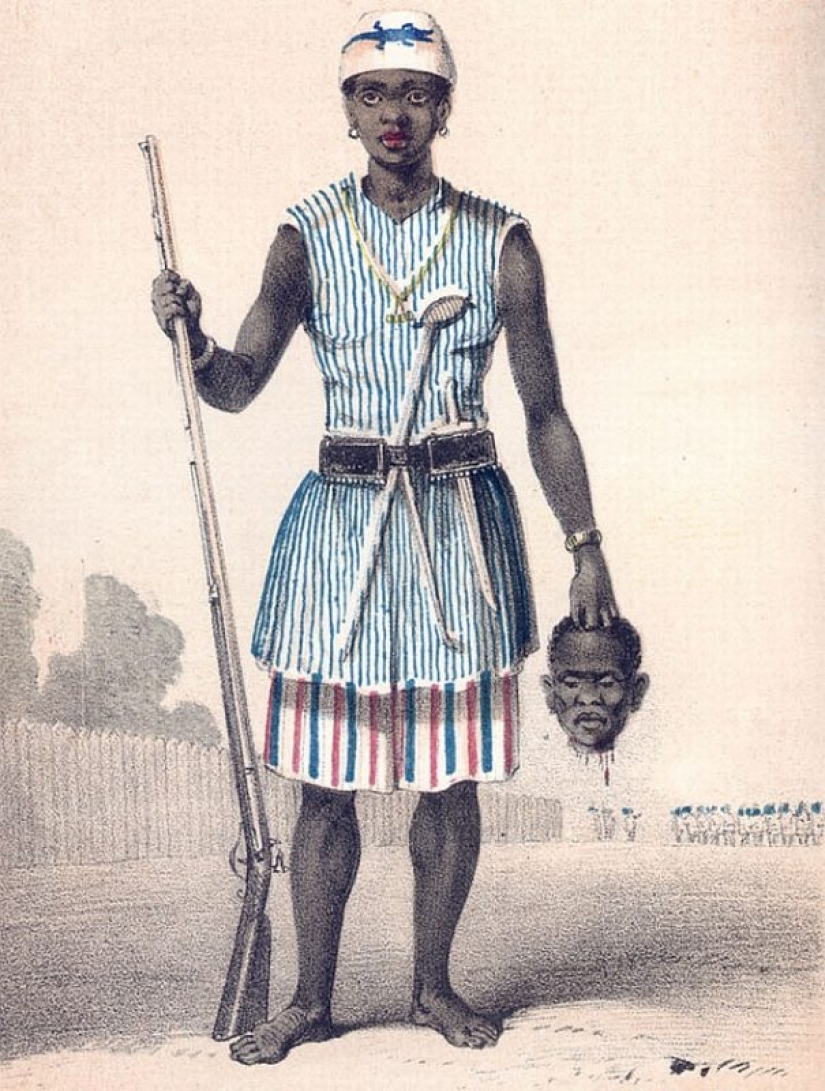
There were also multi-day trips through the jungle, in which you could only take a machete with you. Of course, not everyone could withstand such a course of study, but a new one immediately came to the place of the "departed" applicant. This is not surprising, since the army service guaranteed material well-being and high status in society.
An eyewitness, the British traveler Stanley Alpern wrote that when a detachment of Amazons left the territory of the royal residence, a slave was walking in front, who continuously rang a bell. This sound made it clear to the men walking towards them that they needed to get out of the way and turn away. Any contact of men with Amazons was prohibited, and the women themselves were officially considered the wives of the monarch.

They could have been forced into the royal army. Often, parents, wanting to arrange a comfortable life for their daughter, took her to the barracks themselves. It was also possible to simply inform the representative of the king about the bad character of his wife, and she was simply taken away from home to make a killing machine out of her.
Dahomey achieved its greatest military power during the reign of King Gezo, who was in power in 1818-1858. The monarch was incredibly ambitious and dreamed of an empire that would include the lands of not only neighbors, but also distant peoples. Gezo significantly increased the budget of the army, but paid special attention not to male units, namely mino.
Under this king, women made up at least a third of the entire army. According to some reports, there were about 6,000 Amazons in Dahomey under Gezo. The requirements for the applicants became stricter — they no longer took just tall and beautiful into the squads. Now, to become a warrior, a woman initially had to be physically strong. Later, Gezo ordered not to pay attention to appearance at all — the warlike king needed selected soldiers, not models.
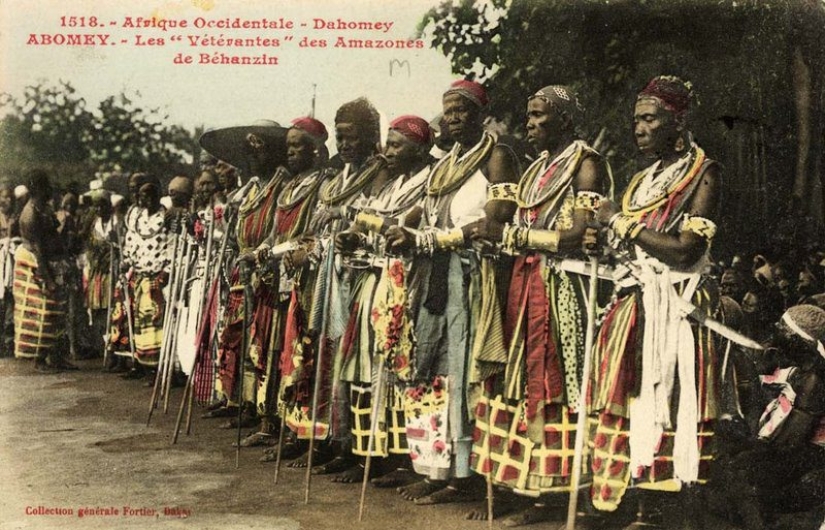
Everyone who had the good fortune to see mino noted the exclusivity of these women. The Briton Richard Burton, who came to Dahomey in 1863 on trade business, had the good fortune to be present at the beheading of enemies by Amazons. The entrepreneur wrote that the minos were so well physically developed that in the absence of breasts they could easily be mistaken for men.
After Gezo, King Behanzin took the throne. This ruler continued the course of militarization of the country and placed special emphasis on the introduction of modern weapons in the Dahomey army. The African country began to actively buy rifles and even cannons in Germany.
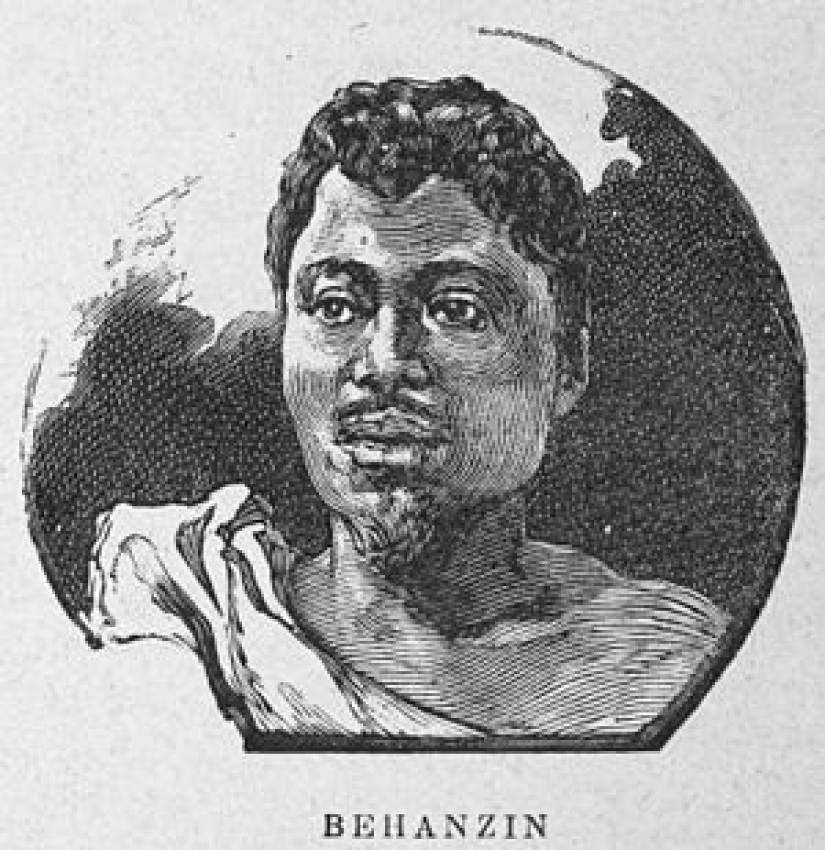
Under Behanzin, a special detachment of female spies appeared in the army, who, in addition to the basic military qualities, also possessed the art of reincarnation. Disguised as tradesmen, beggars and shepherdesses, the scouts easily penetrated into the deep rear of the enemy to get important information or commit political murder.
It was under this monarch that the French became seriously interested in Dahomey. Behanzin was vain and gladly received overseas guests, bragging about the wealth of his country and its military might. Mino was also shown to the guests. This is how Jean Bayol, an officer of the French army, tells about women soldiers:
At that time, the minos were dressed in a special uniform — baggy trousers and long tunics of blue color, intercepted by a belt. Amazon women shaved their heads and fixed miniature crowns on them. The main weapon of the Mino at the end of the XIX century were European-style rifles. Each woman also carried a machete and a short dagger.
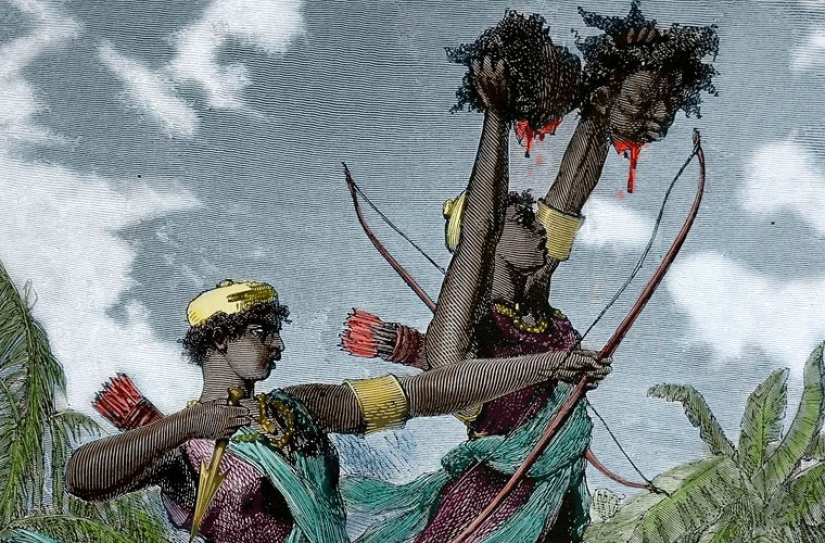
Archers and sabers were also part of the army. The Dahomey saber was a cross between a machete and a spear. The long curved blade of this weapon was fixed on a 60-centimeter handle. This design made it possible to apply both piercing and chopping blows equally effectively.
But, in spite of everything, the French were not impressed by the Minot detachments and decided that all this was nothing more than a show-off of a vain native monarch. Then they had enough time to regret their frivolity.
Officer Bayol, whom we have already quoted, recalled that during the battle he saw the same girl Naniska, who masterfully dealt with a prisoner in the capital of the kingdom. Mino had just killed the commander of the riflemen and was busily separating his head from his body. After the battle, the Frenchman found the warrior among the dead:
After the end of the first war, from which Dahomey emerged victorious, albeit with serious losses, Behanzin began to reform the army even more actively. The king understood perfectly well that the French would not leave his country alone and would come again with weapons. He was right — the French army invaded the kingdom again in 1892, and the Franco-Dahomey war continued for two more years.
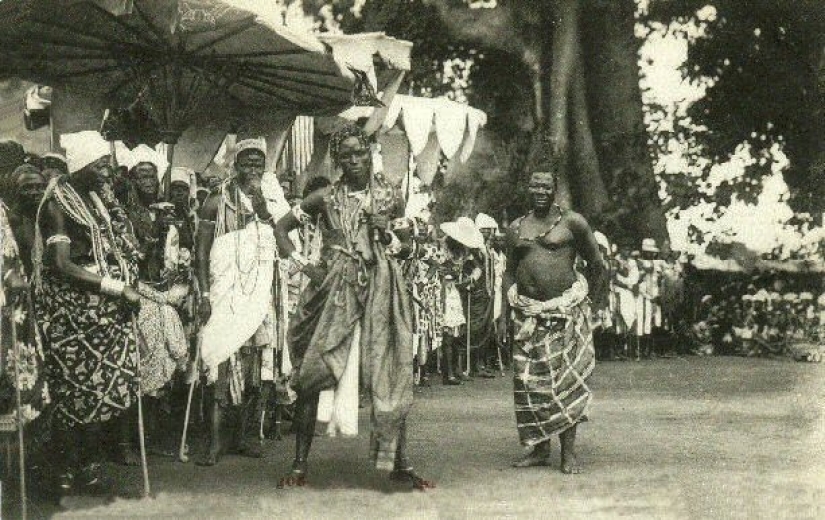
This relatively short period was full of battles. Apart from minor skirmishes and sabotage, two dozen serious battles took place, which brought impressive losses to the opponents. But Dahomey could not resist the French army for a long time and was defeated. Almost all the mines died in the last war. The French press of that time actively justified the brutality of the colonial troops in Africa, describing the atrocities of Amazonian women and reinforcing the stories with creepy pictures.
In particular, an illustration appeared in one of the newspapers showing Mino gnawing the throat of a French soldier with her teeth during a hand-to-hand fight. Thus, the authorities of the Republic very successfully justified the conduct of hostilities in a foreign country located thousands of kilometers from France.
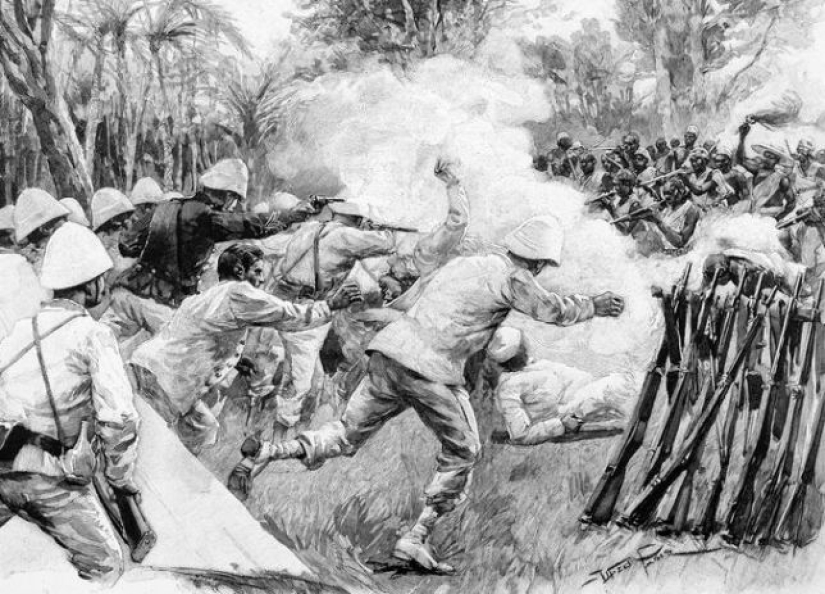
Few of the surviving Minos, after the defeat in the war and the transformation of Dahomey into another French colony, switched to guerrilla warfare tactics. The girls entered the camps of the invaders at night, under the guise of prostitutes and killed enemy soldiers sleeping, right in their beds.
The end of Dahomey's existence can be called the expulsion of King Behanzin and his family to the island of Martinique on March 30, 1894. The monarch was in exile until 1906, and then moved to the continent, to Algeria. Almost immediately after his arrival, the health of the former ruler was shaken, and the king died of pneumonia. In 1899, Dahomey officially became a colony of France in West Africa, with the support of Behanzin's former allies — Germany and Britain.
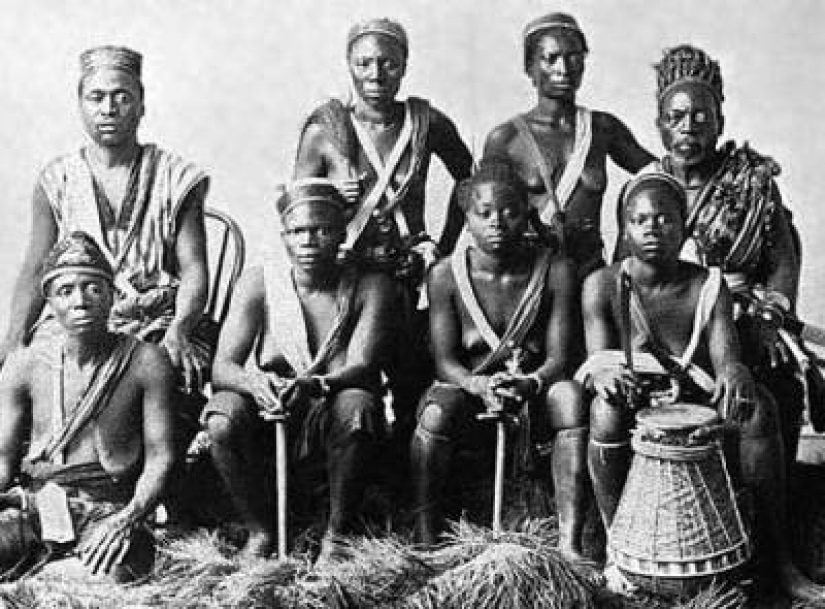
Dahomey remained a colony of France for more than half a century. The state formed after independence was called the Republic of Dahomey for some time, but in the 70s it received its modern name - the Republic of Benin.
Mino is remembered in the country now only on holidays. These days, women dress up in Amazon costumes and sing martial and ritual songs. But as a phenomenon, mino disappeared completely. In 1979, the last Dahomey Amazon, whose name was Navi, died. At the time of her death, the woman was over 100 years old.
Recent articles

Everyone has the right to choose the lifestyle they like. US resident Manders Barnett has been living in a tent all year round for ...

Everyone knows that village girls are special. They almost do not use cosmetics, rarely visit beauty salons and do not visit ...

The high—altitude Grossglockner road is one of the most beautiful in the Alps. It connects the Austrian lands of Salzburg and ...